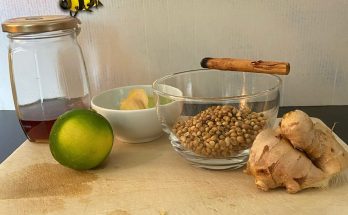
By Quill
Interesting use of words in the making of journals …
… reflects on some sort of analogies in the outset that refers to annihilation, possibly. It is too close to call for me to ignore. These thoughts bring me to the need to find out how old the hobby of journaling and the creation of journals actually is. Here is the research on that.
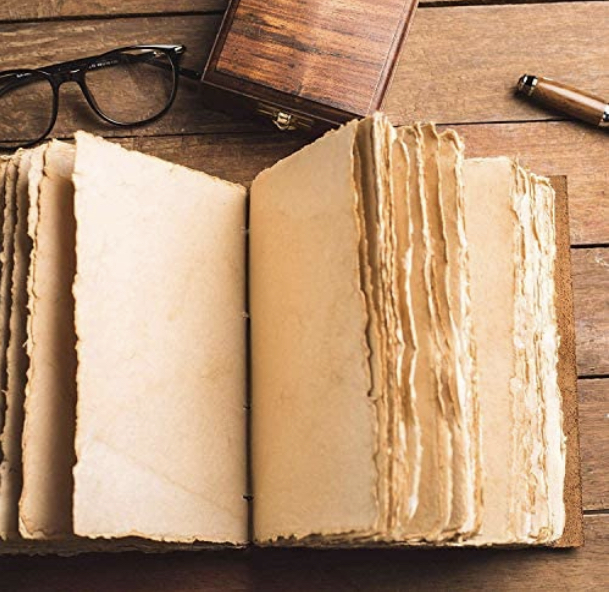
Die Cutting, stamping, scraps, distressing, punching, scrapping, sealing, fussy cutting, fussy tearing, tips and tricks, are all words of aggression in one way or another, I dare say, that come to mind. Awl, rubber mallet (that may be needed to work the awl), bone folder, guillotine paper cutter, are all objects used in wielding violence ! Dying as in the coloring of paper and cloth alike, for that aged vintage look you give to your journals, is another much used word that rings a bell ! Not forgetting simply cutting paper and tearing them apart or just ripping both paper and cloth in the advent of giving that aged look to that which you create with them !
You also add bullets to your trusty stapler!

Navigating being the word used to search the Internet these days, was a strong word used in navigating as in seafaring in times past, of both war, and commerce, in times of both war and peace in all times. Isn’t this what you so cleverly do as you traverse through the pages of journals and books as well ? It is also noteworthy that the words journal and journey share the same Latin root for the same activity in Latin and old French.
Further, a book or a journal has a spine, a body of work that goes into the book, where it stands on a shelf !!!! A ridge, “a hair shorter than your spine”, eyeballing, holes, all going into the making of journals themselves.
Out of these actions come out relatively docile books or journals that make you express yourself in many ways.
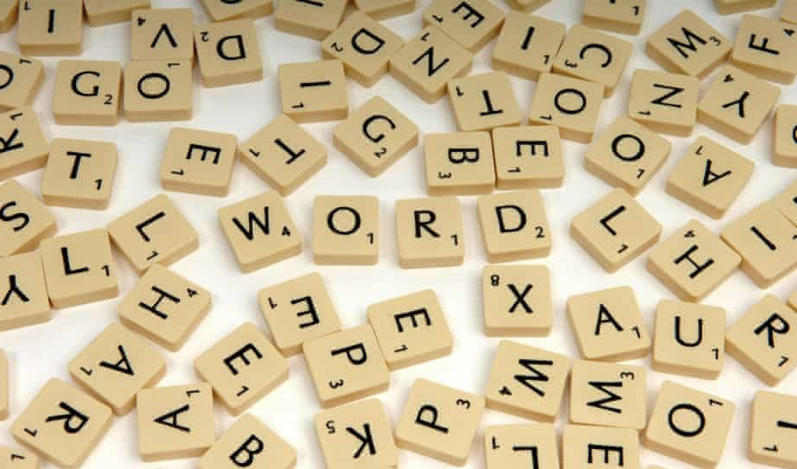
If I may digress, each activity we take part in or are a part of, activates a different part of our brain.
Sometimes it might be an area of the brain that has never been stimulated before. Both creating journals and keeping journals alike, I believe, have a very important part to play in this area of mental activity.
Albert Einstein, Marie Curie, Frida Kahlo, Leonardo da Vinci, and Frederick Douglass, all kept journals. The most famous of all journal keepers in modern times being Anne Frank. Kahlo and da Vinci used illustrations to express emotions and sketch out ideas. This may have paved the way for the art journal. Marcus Aurelius being the most famous and prolific of all keepers of journals, having his journals now contained in his, Meditations.
“When people see a photograph of an angry or fearful face, they have increased activity in a region of the brain called the amygdala, which serves as an alarm to activate a cascade of biological systems to protect the body in times of danger. Scientists see a robust amygdala response even when they show such emotional photographs subliminally, so fast, a person can’t even see them.”
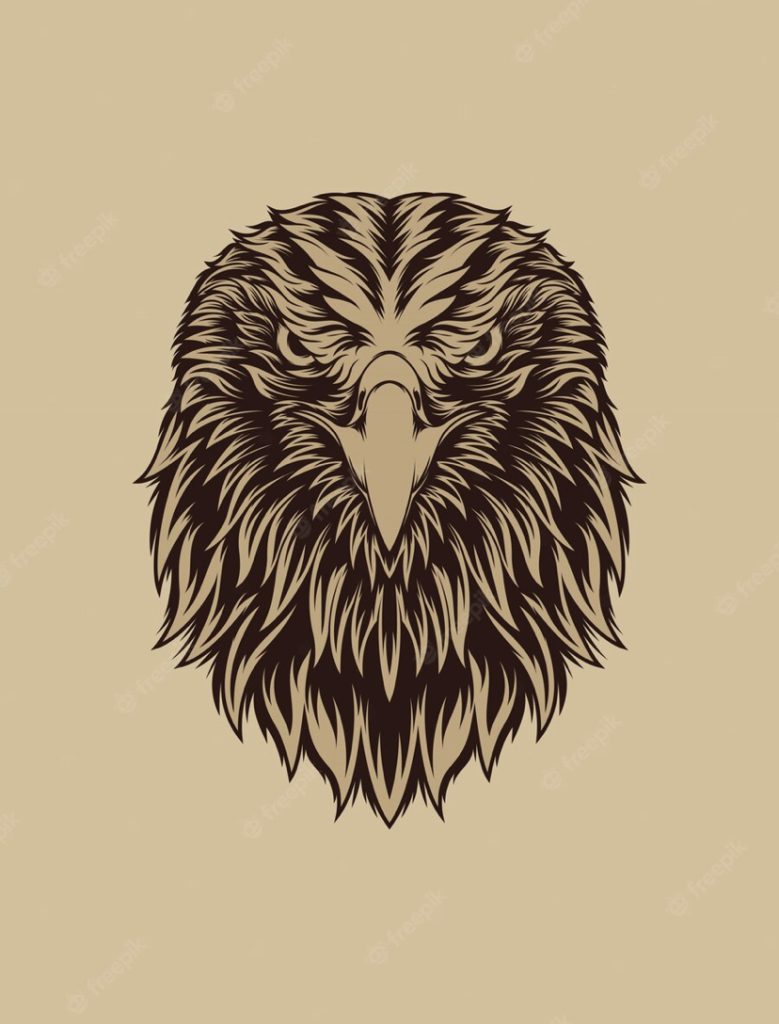
According to Matthew D.Lieberman, UCLA associate professor of psychology and a founder of social cognitive neuroscience, a study showed that while the amygdala was less active when an individual labeled [a] feeling, another region of the brain was more active: the right ventrolateral prefrontal cortex. This region is located behind the forehead and eyes and has been associated with thinking in words about emotional experiences. It has also been implicated in inhibiting behavior and processing emotions, but exactly what it contributes has not been known.
‘”What we’re suggesting is when you start thinking in words about your emotions — labeling emotions — that might be part of what the right ventrolateral region is responsible for,” Lieberman said.”
.”We typically think of language processing in the left side of the brain; however, this effect was occurring only in this one region, on the right side of the brain,” he said. “It’s rare to see only one region of the brain responsive to a high-level process like labeling emotions.”’
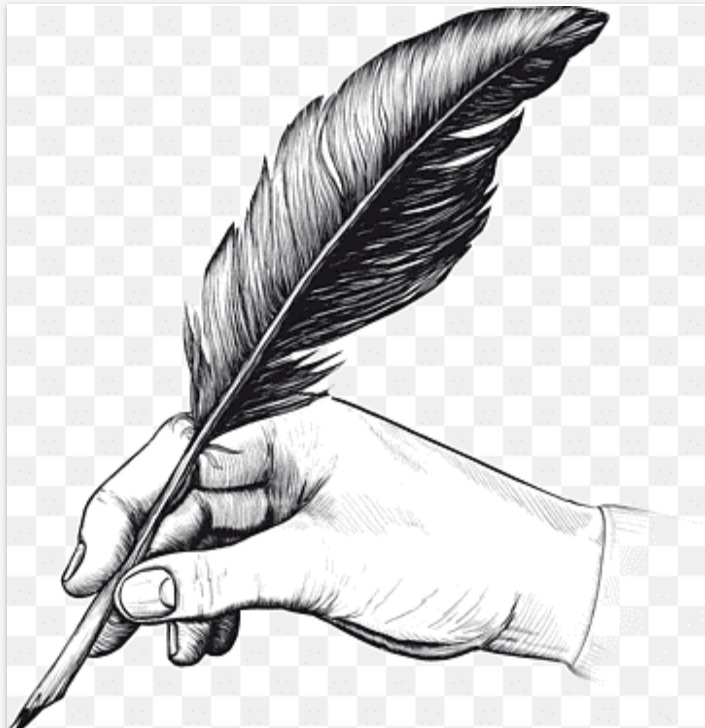
Dr.Lieberman says, “In the same way you hit the brakes when you’re driving when you see a yellow light, when you put feelings into words, you seem to be hitting the brakes on your emotional responses… As a result, an individual may feel less angry or less sad.”
“ … Lieberman has now shown in a series of studies that simply labeling emotions turns down the amygdala alarm center response in the brain that triggers negative feelings.”
“Previous studies have shown that mindfulness meditation is effective in reducing a variety of chronic pain conditions, skin disease, stress-related health conditions and a variety of other ailments, he said”
‘”We found the more mindful you are, the more activation you have in the right ventrolateral prefrontal cortex and the less activation you have in the amygdala,” Creswell said.’
So the experts regard mindfulness meditation as being similar to that of writing in journals or keeping journals, so to speak. Interesting observation indeed. This is journaling as therapy.
Journals come in all shapes, sizes and types. There are travel journals, journals on different pursuits and hobbies, heritage journals, baby journals, junk journals, boys junk journals, ocean journals, ephemera journals, bullet journals, gift journals that you gift to someone with a particular theme, and a plethora of other types of journals.
Does each of these journals bring a different result to the making and keeping of journals, when it comes to the cognitive help one gets when making them and when writing in these different types of journals ?
For example, journaling in a travel journal on your travels involves the sharing of maps and tickets used in the process of travelling, postage stamps of letters written to your loved ones about your travels and the letters themselves being attached to these journals, later on.
They possibly do, as the recurrent return to your travel journal generates a sense of freedom as you go back to them in your spare time. Of course if you have gifted or sold the journals you create you have no access to them. Yet, you can always return to the pictures and photos, and videos, you have of the journals that have been given away.
Technology has definitely brought a sense of perpetuity in terms beyond belief to journaling and the art of journal creation. You can take screenshots on your smartphone of all of the pages of the journals you’ve created and also make videos of them so that you can always return to your journals even if you don’t have them in your physical possession. This takes you through the experience of enjoying your journals by proxy, bringing you the satisfaction of going back to your journals as many times as you wish, just like you do through the real one.
Speaking of the creation of journals in the digital world, you have the benefit of being able to make multiple digital printouts made possible by digital printables, as they are called now. You can also create digital pages and those that have the look of digital imagery which you can add to your journals. (I create faux digital imagery using newspaper print with the addition of colored tracing paper that can be easily peeled out exposing the color when attached with glue stick. You can then continue to stencil and stamp on them and it turns out quite like the real thing).
Then you also have the digital journals, today, though, I prefer the tangibility of a journal that you can hold and feel and see in reality. The joy that these journals bring in the making of them is immeasurable and the crusty sound it makes when turning their pages, #asmr or autonomous sensory meridian response, both in reality and on your video is beyond satisfying to your senses. I mean the sense faculties of touch and hearing that stimulate your sense of taste is undeniably irresistible. It reminds you ever so subtly of crusty bread or pie crust, which is uniquely comforting as in comfort food.
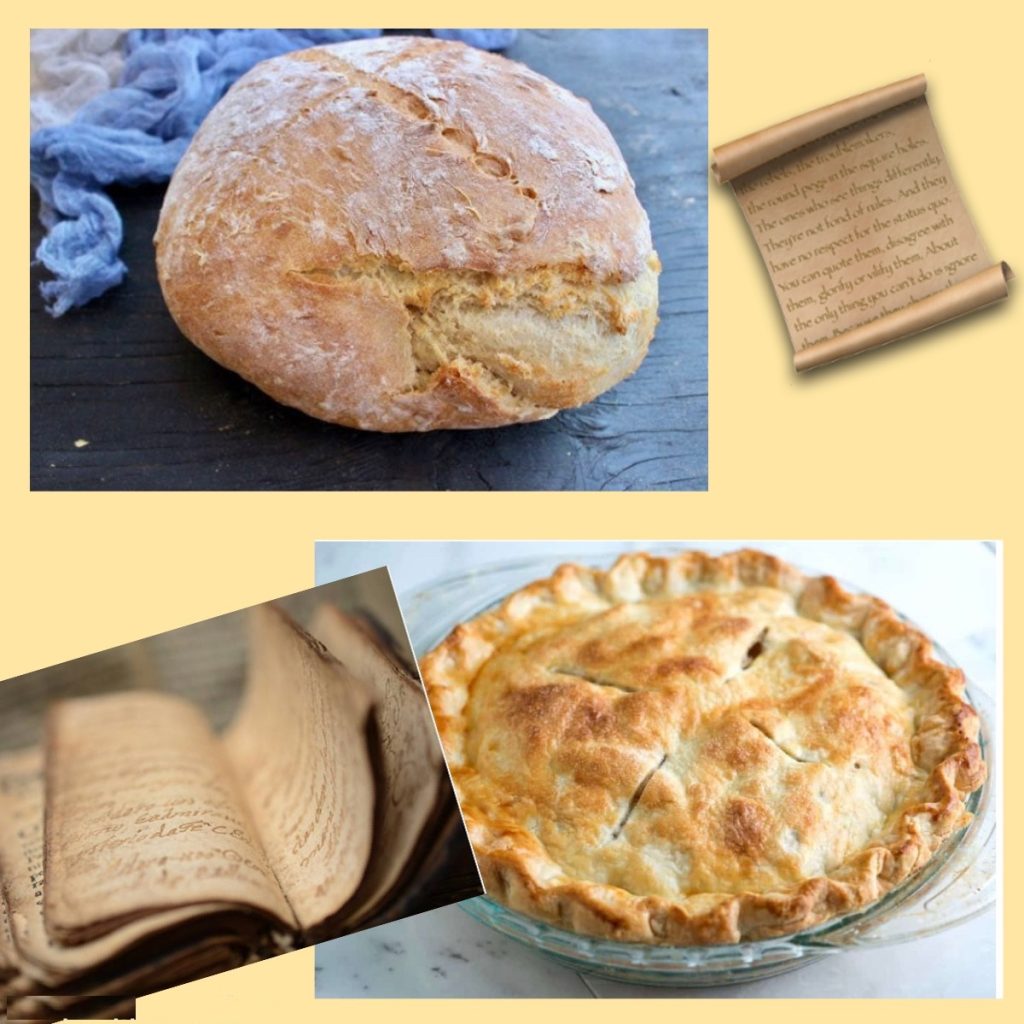
There’s really nothing more satisfying than listening to the hearty sounds created by the tactility of paper being moved against the same types of paper, or different types and surfaces, and in the turning of pages and of course, that brings you to the ever so important topic of texture in the making of journals. It gives you a sense of a deeply secure feeling that’s remarkably incomparable. This is also journaling as therapy.
In the creation of journals, there are many types of genre that an artist can employ. Vintage chic, shabby chic, industrial chic, steampunk, modern, grunge or a combination of these can be adopted by the journaling artist.
As I search for a journal belonging to King Henry VIII, my hopes are dashed but are immediately restored as I chance upon this valued journal kept by Samuel Pepys who speaks voluminously about the Tudor Period in English history, in this journal, particularly about the King Henry times and much more. The joy it brings me is equal to stumbling upon a really old physical journal in an attic, in an old trunk, possibly. What are the chances of me sitting here thousands of miles away in a distant land from England finding it in an attic in reality ?
However, the Samuel Pepys recording of information proves it is now not so impossible a reality, that of my finding such a journal while browsing through both the Internet and the junk bookstore here where I live and work from. This being a former British colony, it is not too remote a possibility, which brings me to the point where I make a mental note of the need to visit the junk bookstore, soon. It will avail me of some gorgeous illustrated vintage botany books, if nothing else. That would be a really valuable find for my journal creating.
I do not rip old books a part however, honoring my chosen profession of writing and editing.
Keeping journals and creating journals alike, have a cathartic effect on you, to the greatest extent, that it actually is capable of relieving much of one’s anxieties and stress, rewarding one at the same time by being so, in numerous other ways as well. This being yet another find and one that makes this journaling post that much more important and valuable.
To find out that this venting of your overwhelming feelings, out there in the open or in secret, that which makes it possible to express your furthest of vulnerabilities; in the creation of hidden journaling spots or other journaling spots, is best achieved through a junk journal, is heartening knowledge.
Creating journals is a fun pursuit that doesn’t just free your mind of stress related issues. Most of all it teaches your brain how to solve problems. The important aspect of this being achieved through setting mistakes you make on the way, to right, by finding the best possible solutions to those problems. Having found the solution, you must also put it into practice and for this you must know the process or find the suitable process for it. In a way, it can be called a pursuit akin to math, in one form or another.
Let’s conclude this essay with the words ‘alligator mouth’ then, as when a junk journal or other journal is so full to the extent it opens out like the mouth of a gator
P.S.
Check out what the Florentine leather bound journal makers have to say about their age old craft:
“Owning a treasured Florentine leather journal is akin to possessing hundreds of years’ worth of history and craftsmanship. The smooth, supple texture and the delicate aroma fill the senses. The leather journal imparts potency and intensity to the thoughts contained within.”
In today’s world, journals are apparently used extensively by a wide array of people. Artists, journal lovers, authors, songwriters, journalists, screenwriters, and personal-development devotees all employ the convenience and power of journaling. But, most importantly, journals are kept by the vast multitude of ordinary folk. These journals give us very clear insights into the actual feelings and lives of daily existence as experienced by real people in real time.
Journaling is an interesting way of organizing one’s thoughts and feelings by giving vent to them while at the same time preserving information for posterity.
Apparently, Natalie Goldberg once put it this way:
“Whether you’re keeping a journal or writing as a meditation, it’s the same thing. What’s important is that you’re having a relationship with your mind.”
Oscar Wilde is supposed to have said this:
“I never travel without my diary. One should always have something sensational to read on the train.”
So very typically Wilde !
And o btw, I happened upon this very enumerative but elaborately put post on keeping a journal and what type of journal may suit you, by pure happenstance.
These are all projects worthy of being attempted and actually created.
The song Papercut by Linkin Park cuts it straight to the chase:





